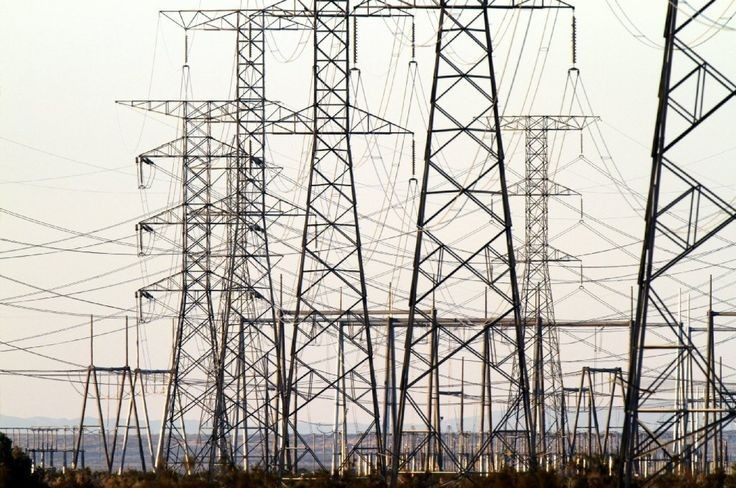"In a recent podcast, it was discussed that if the U.S. power grid were to collapse, up to 90% of the population could perish due to the widespread disruptions to essential services. While this claim is often cited, the reality of such a catastrophic event is far more complex and uncertain."
The claim that 90% of the U.S. population would die if the power grid failed is an exaggeration, but it is based on concerns about the significant impact a prolonged and widespread power outage could have on the country.
A complete collapse of the power grid, especially one that lasts for months, would indeed have catastrophic effects, but the actual death toll would depend on many factors, including the duration of the outage, how prepared people and infrastructure are, and the availability of essential resources. Here's a breakdown of why such a claim is made and the reality of the situation:
1. Loss of Electricity for Basic Needs: A failure in the grid would affect nearly all aspects of modern life, from heating and cooling to transportation and healthcare. This would disproportionately impact vulnerable groups such as the elderly, children, and those with health conditions who rely on medical devices powered by electricity.
2. Food and Water Supply Disruption: Modern food production and distribution rely heavily on electricity. Without power, refrigeration systems would fail, and there could be shortages of food and clean water. In urban areas, this could lead to food and water scarcity, with survival becoming more difficult over time.
3. Healthcare Systems: Hospitals and healthcare facilities rely on a constant supply of electricity for life-saving equipment. A prolonged outage would severely disrupt healthcare services, leading to increased mortality, especially for patients in critical care.
4. Communication and Coordination Failures: The lack of electricity would disrupt communication networks, making it harder to coordinate responses to the crisis or get help. This would exacerbate the impact of the outage, especially in more isolated regions.
5. Economic and Social Unrest: A long-term failure of the power grid could lead to widespread social unrest, as people would struggle with the lack of basic services. This could lead to lawlessness, further destabilizing the situation.
While it is difficult to predict an exact death toll, estimates like the "90% death rate" come from studies that model the potential outcomes of a worst-case scenario where the grid is down for months or even years. However, in reality, such a scenario is highly unlikely, and modern society has many mechanisms in place to mitigate risks and respond to emergencies. Emergency preparedness, backup power sources, and decentralized systems (such as local renewable energy sources and community resources) would likely help reduce the impact on the population.
In summary, while a large-scale power grid failure would certainly lead to serious consequences, it is unlikely that 90% of the population would die. The extent of the impact would depend on the length of the outage, the effectiveness of emergency responses, and the resilience of local communities.







No comments:
Post a Comment